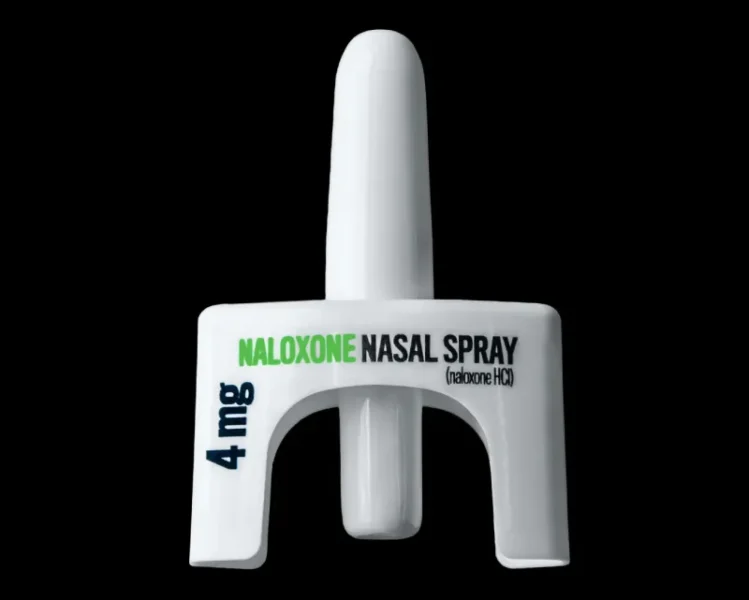In an analysis of national emergency medical services (EMS) data, researchers have uncovered a promising trend in the fight against opioid overdoses. The study, published in JAMA Network Open, reveals a substantial increase in the use of naloxone – a life-saving medication that can reverse opioid overdose effects – by untrained bystanders before EMS arrival.
Summary: A new study from Ohio State University and the National Registry of EMTs shows a significant increase in naloxone use by non-medical bystanders, highlighting both progress and ongoing challenges in addressing the opioid epidemic.
Estimated reading time: 5 minutes
Key Findings: A 43.5% Increase in Layperson Naloxone Administration
The research team, led by Dr. Ashish R. Panchal from The Ohio State University College of Medicine, examined two years of data from the National Emergency Medical Services Information System. From June 2020 to June 2022, they analyzed over 96 million EMS activations across 54 states and U.S. territories.
The results were striking:
- 744,078 patients received naloxone overall
- 24,990 of these patients (3.4%) received naloxone from an untrained bystander before EMS arrived
- The rate of layperson-administered naloxone increased by 43.5% over the study period
“Our findings revealed that people receiving naloxone from laypersons increased by 43.5% proving that public health efforts are working,” said Chris Gage, PhD student at the College of Public Health and corresponding author.
The Critical Role of Bystanders
Dr. Panchal emphasized the importance of early intervention: “Naloxone is a lifesaving medication that can reverse opioid overdose effects when given immediately. Similar to CPR, stepping up to help before emergency crews arrive can be the difference between life and death.”
This increase in layperson naloxone use aligns with recent public health initiatives. Over the past decade, there has been a concerted effort to improve public awareness and access to naloxone for non-medical individuals. In 2023, the Food and Drug Administration approved naloxone for over-the-counter use, further expanding its availability.
Challenges Remain: Only 3.4% of Cases Involve Layperson Intervention
Despite the encouraging increase, the study highlights that there is still significant room for improvement. Gage noted, “Unfortunately, the study found there is more work to be done since only 3.4% of EMS activations involving naloxone received it from non-medical bystanders. In a perfect world, this should be closer to a 100% highlighting a need to improve naloxone education, enhance access and investigate and remove obstacles to its use.”
Implications for Public Health Policy
The findings of this study have important implications for public health strategies aimed at combating the opioid epidemic:
- Enhanced education: There’s a clear need for more widespread training on naloxone use for the general public.
- Improved access: Efforts to make naloxone more readily available, such as over-the-counter approval, should be continued and expanded.
- Barrier reduction: Research is needed to identify and address obstacles preventing bystanders from administering naloxone.
- Targeted interventions: The study found that most layperson naloxone administrations occurred in urban settings and private residences, suggesting areas for focused outreach.
Looking Ahead: Future Research and Action
The research team plans to delve deeper into understanding which groups are providing bystander naloxone and how to improve delivery to patients in need. This ongoing work will be crucial in shaping future public health interventions and policies.
As communities across the United States continue to grapple with the opioid crisis, this study provides valuable insights into the role that everyday citizens can play in saving lives. By equipping more people with the knowledge and tools to administer naloxone, we can create a broader safety net for those at risk of overdose.
Quiz: Test Your Knowledge
- By what percentage did layperson-administered naloxone increase during the study period? a) 23.5% b) 33.5% c) 43.5% d) 53.5%
- What percentage of EMS activations involving naloxone received it from non-medical bystanders? a) 1.4% b) 2.4% c) 3.4% d) 4.4%
- In what year did the FDA approve naloxone for over-the-counter use? a) 2021 b) 2022 c) 2023 d) 2024
Answers: 1. c) 43.5%, 2. c) 3.4%, 3. c) 2023
Glossary of Terms
- Naloxone: A medication used to reverse the effects of opioid overdose.
- Layperson: An individual without formal medical training.
- EMS: Emergency Medical Services.
- Opioid: A class of drugs that includes prescription painkillers and illegal substances like heroin.
- Overdose: A potentially life-threatening condition resulting from taking too much of a drug.
- Bystander: A person present at an event but not directly involved, who may be able to provide assistance.
Enjoy this story? Get our newsletter! https://scienceblog.substack.com/


